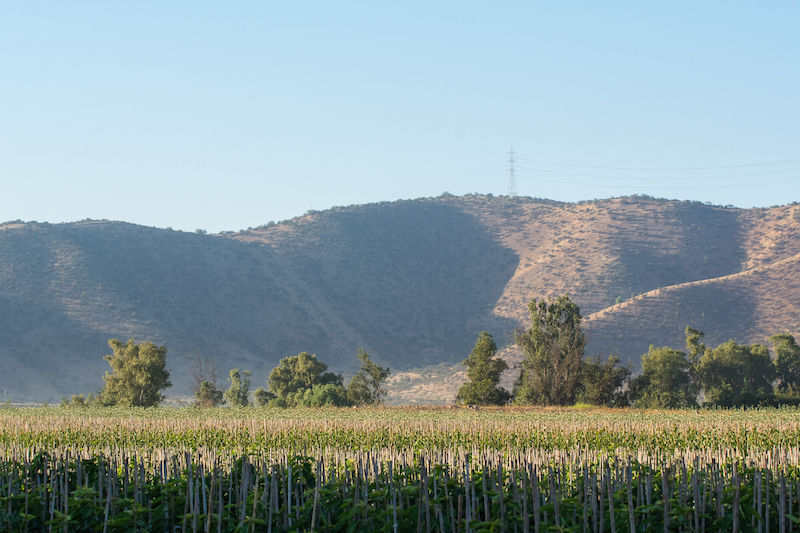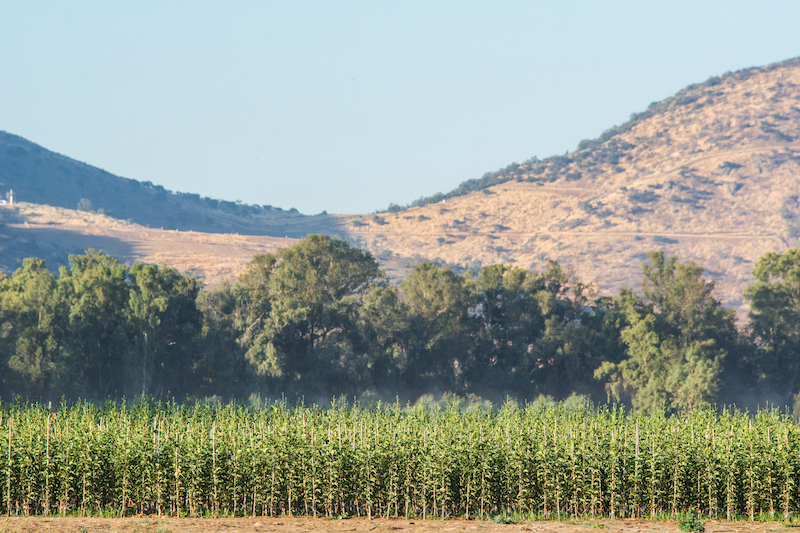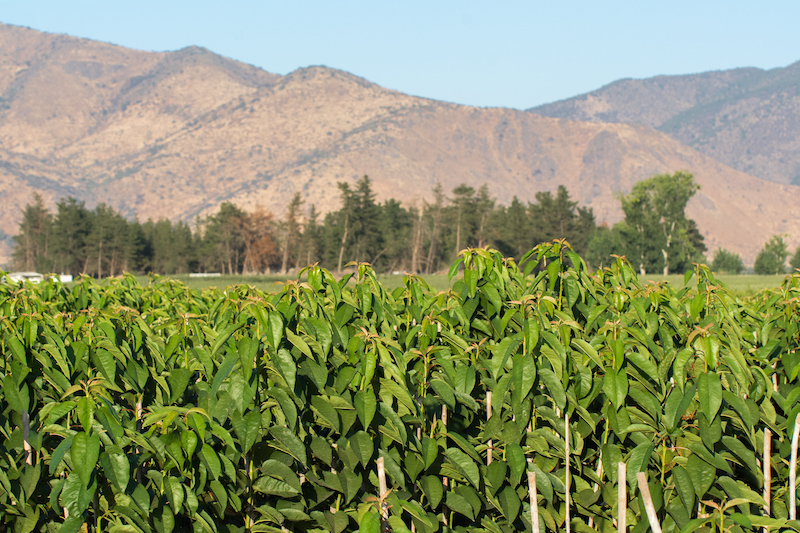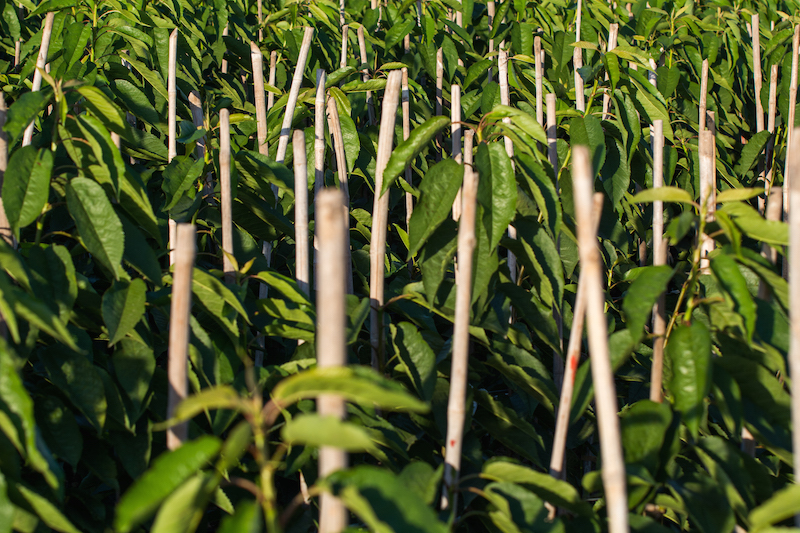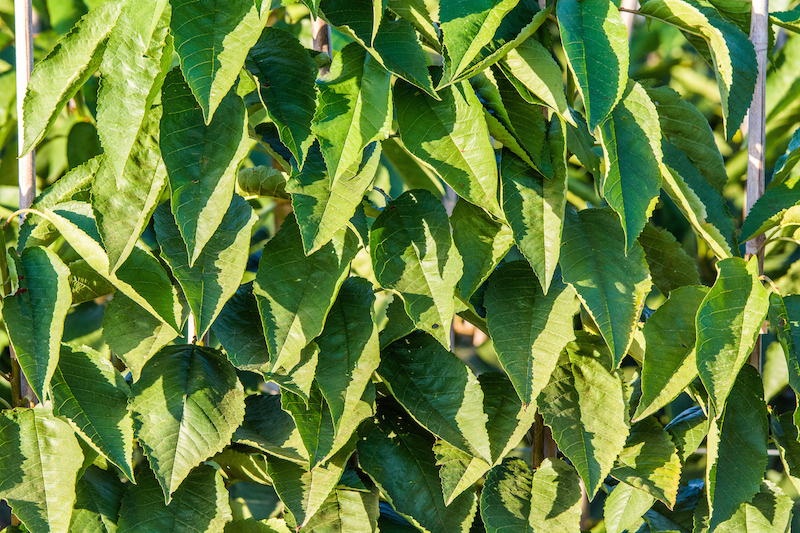
Cerezos
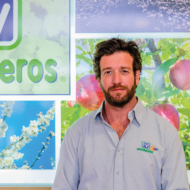

| Bing clon W 13 | |
| Stella | |
| Summit | |
| Sunburst | |
| Schneider | |
| Kordia | |
| Sam | |
| Rainier | |
| Regina | |
| Sylvia | |
| Lapins |
| Libre | Skeena | |
| Protegidas | Santina* | |
| Protegidas | Sumtare * (Sweetheart®) | |
| Protegidas | Skeena | |
| Protegidas | Symphony cv* | |
| Especie | Denominación | |
| Cerezo | Frisco cv. | |
| Cerezo | Nimba cv. | |
| Cerezo | Pacific red cv. | |
| Cerezo | PiSue 376 | |
| Cerezo | Tip Top cv. | |
| Cerezo | Areko cv. | |
| Cerezo | Polka | |
| Cerezo | Sweet Aryana™ PA1UNIBO cv. | |
| Cerezo | Sweet Lorenz® PA2UNIBO cv. | |
Univiveros® adicionalmente adquiere portainjertos en viveros especializados en la producción de semillas y/o plántulas:
| PORTAINJERTO | ORIGEN | PLANTEL |
| GiSelA® 5GiSelA® 12GiSelA® 6 | NRSP5 – WSU – Prosser | Plantel madre de estacas de cerezos – Fundo Don Miguel – Univiveros ® , Paine. |
| Santa Lucía 64 | Vitroplant – Italia | Plantel madre de estacas de cerezos – Fundo Don Miguel – Univiveros ® , Paine. |
| Mahaleb | NRSP5 – WSU – Prosser | Bloque de semillas para la Certificación – Fundo Don Miguel – Univiveros®, Paine. |
| Pontaleb | CTIFL – Francia | Importación anual de semilla F1 de Francia |
| GiSelA® 5GiSelA® 6GiSelA® 12 | NRSP5 – WSU – Prosser | Adquisión de plántulas en Agromillora Sur. |
| MaxMa 14CAB 6P | Agromillora Catalana | Adquisión de plántulas en Agromillora Sur. |
| Colt | – | – |
| GiSelA® 13 y 17 | – | – |
| MaxMa 60 | – | – |
Las variedades provienen tanto de bloques de yemas constituidos a partir de materiales internados por cuarentena (controlados y testados por el SAG) como bloques de incremento de Certificación del SAG evaluados sanitariamente y manejados con el fin de:
• proporcionar seguridad genética, mediante la observación y calificación de la fruta de cada uno de los árboles madre con el fin de autorizar su utilización como fuente segura de material.
• proporcionar material de propagación de calidad, mediante el manejo de fertilización y fitosanitario correspondiente.
También se obtiene materiales de huertos comerciales constituidos a partir de materiales internados por cuarentenas, y evaluados durante sucesivas temporadas en su aspecto genético y fitosanitario.
Principales Portainjertos
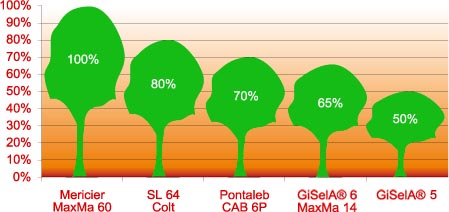
El aumento de la precocidad, la disminución del vigor, la estabilidad productiva, la búsqueda de huertos uniformes, obtener mejores calibres y calidad de fruta entre otros, son parte de los mayores objetivos a lograr a la hora de decidir qué portainjerto se utilizará. Con el objetivo de satisfacer los requerimientos de nuestros clientes, Univiveros® posee a su disposición los siguientes portainjertos:
Originario de Alemania, de esta hibridación se crean el GiSelA®5, GiSelA®12 y el GiSelA®6.
Confieren un rápido endardamiento, formando fuertes yemas florales que aumentan las probabilidades de cuaja induciendo alta precocidad. Producen ángulos abiertos y disminuyen fuertemente el tamaño final del árbol en relación a Mericier. GiSelA®5 reduce el vigor a un 50%, GiSelA® 12 a un 60% y GiSelA®6 lo hace a un 70%.
Se recomiendan para variedades poco fructíferas, como Bing y Korida, no recomendándose para variedades altamente productivas como Van o Lapins. Se adaptan a una amplia gama de suelos.
De origen americano, tiene buena adaptabilidad a distintos tipos suelos (excepto los muy pesados con problemas de drenaje o los muy delgados).
Presenta buena compatibilidad con muchas variedades. Es un portainjerto polifuncional que puede ser usado con una amplia gama de variedades.
De origen inglés. Otorga a la variedad un vigor cercano al 80 % respecto de Mericier. Se recomienda para variedades de cuaja media-alta y produce un árbol bastante equilibrado.
Se adapta bien a suelos pesados y en aquellos con problemas de drenaje. A su vez no se adapta a suelos delgados o con bajo suministro hídrico. Alta sensibilidad a agalla (Agrobacterium tumefaciens).
Dentro de este grupo Univiveros® ofrece dos portainjertos de origen francés:
– Santa Lucía 64 o mejor conocido SL64 (clonal): Otorga homogeneidad al plantel, portainjerto que otorga a la variedad un vigor cercano al 80 % respecto a Mericier.
– Pontaleb, Disminuye el vigor de la variedad de un 10 – 20 % respecto a SL64.
Ambos se adaptan bien a suelos delgados, son sensibles a phytophtora y a asfixia radicular no tolerando aquellos suelos pesados con problemas de drenaje.
Tienen cierta resistencia a suelos calcáreos y sobrellevan bastante bien el stress de veranos calurosos.
Origen italiano, es un portainjerto semienanizante, con un vigor cercano al 70% respecto de franco. Posee una buena capacidad de enraizamiento, es compatible con numerosas variedades y tiende a la emisión de sierpes.
Muestra cierta tolerancia a suelos pesados, alguna resistencia a calcáreos y sensibilidad al estrés hídrico. Confiere una mayor precocidad en la entrada en producción que Colt y mejora el calibre.
Tipos de Plantas

Estamos convencidos que la uniformidad de los huertos parte con la plantación de una población de plantas homogéneas.
Para eso Univiveros® ha adoptado un sistema de segregación basado en la medición del calibre de sus plantas cinco centímetros por sobre el crecimiento de la variedad o inmediatamente debajo del injerto de las plantas de ojo dormido. Estos calibres se clasifican de la siguiente forma:
| CALIBRE | MILIMETROS | TIPO DE PLANTA AL QUE SE APLICA |
| S (Super) | 19,1 mm y mayores | Term – OD |
| XL (Extra Large) | 16,1 – 19,0 mm | Term – OD |
| L (Large) | 12,1 – 16,0 mm | Term – OD |
| M (Medium) | 10,1 – 12,0 mm | Term – OD |
Variedad desarrollada durante toda una temporada en vivero sobre portainjertos de dos años.
Planta con gran masa radicular y reserva. Estas se entregan en los meses Junio – Agosto.
Variedad injertada con dos yemas en portainjerto del año, las cuales brotan en el huerto en primavera para luego crecer con vigor y equilibrio. Entrega en Julio – Agosto.
Planta cuyo portainjerto ha crecido en un contenedor de 3,0 litros durante una temporada. El portainjerto es injertado en invierno y es entregada una vez que la variedad ha crecido entre 40 – 60 cm de altura.
Este crecimiento se logra entre los meses de Octubre e inicios de Noviembre. Estas plantas llevan consigo el 100 % de sus raíces y la variedad creciendo en cada una de ellas, lo que permite tener huertos muy homogéneos.
Existe un riguroso sistema de rotulación y registro del material de propagación que se traduce en codificaciones para cada especie, variedad y procedencia de cada una de las plantas en todo momento.
Trazabilidad en el proceso productivo:
Adicionalmente al cuidado sobre las fuentes de nuestros materiales de propagación, contamos con un riguroso sistema de rotulación del material de propagación que se traduce en registros codificados de la identidad varietal y procedencia en cada una de las plantas propagadas en todo momento del proceso productivo.


